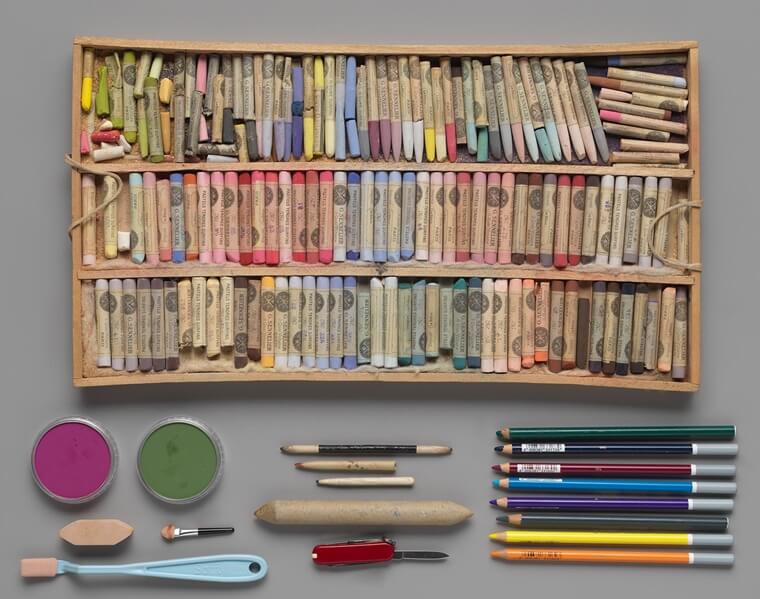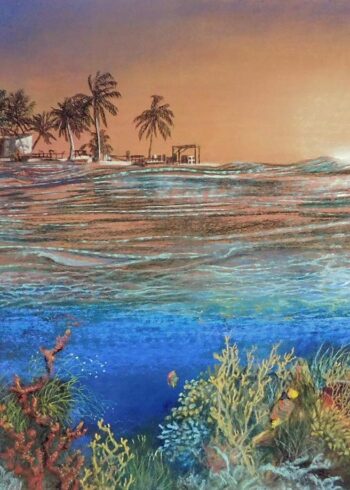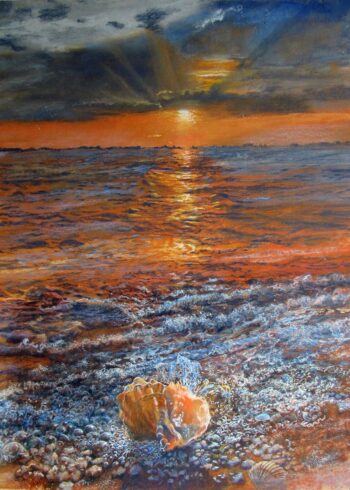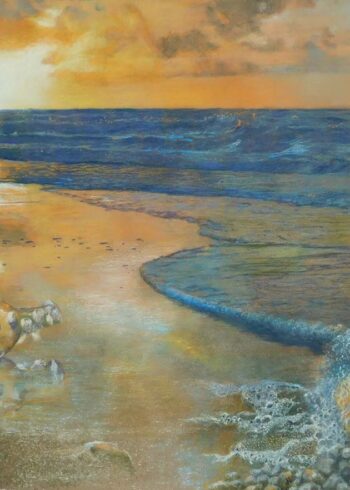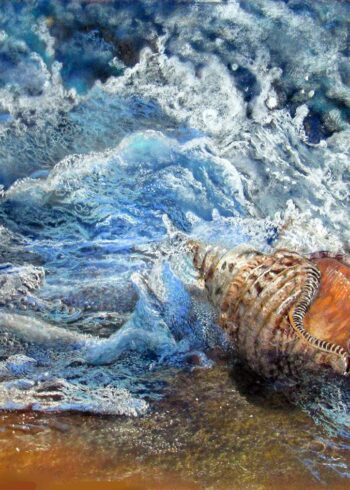Pastels Gallery
Pastels
Pastel is fabricated from one or several finely ground pigments, a pulverized inert white filler such as ground calcium carbonate or kaolin, and a minuscule amount of binder such as gum tragacanth. The powdered ingredients are combined and rolled into sticks of colored powder, the consistency of which must be sufficiently cohesive to allow them to be grasped between the fingers, yet crumble when stroked across a support. Pastel is usually drawn on paper, which must have a slight texture or “tooth” to grab and hold the medium on its surface.
Prized for its brilliant color, pastel was first used in the sixteenth century, notably by Leonardo da Vinci and remains popular today. The optical vibrancy of a work in pastel results both from the absence of yellowing resins in its composition and the reflection of light from the innumerable facets of the finely ground powder. It is an opaque medium and does not depend upon the underlying brightness of the paper to impart luminosity. In the eighteenth century, artists invariably used blue or gray papers because of the slightly coarse texture of such colored sheets.
The medium is available in a variety of forms, including loose powdered pastel and pastel pencils, but most often, pastel is applied directly with the color stick. The broad side, when gently applied, produces areas of light tone revealing the texture of the paper, while more defined, saturated strokes may be achieved using the tip of the stick and applying it with greater pressure.


